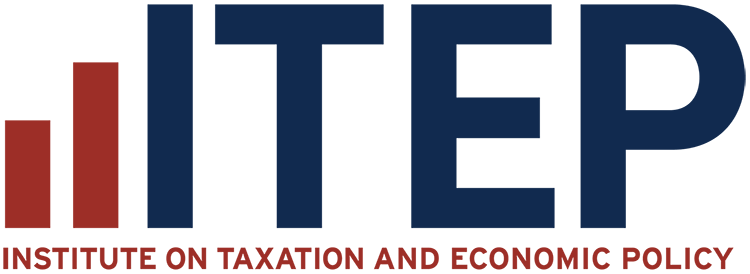
ITEP Work in Action
Fiscal Policy Institute: Unemployment Insurance Taxes Paid for Undocumented Workers in NYS
May 14, 2020
In the midst of a pandemic, there has been a growing call for undocumented immigrants, who make up five percent of the New York State labor force, to be covered by some form of unemployment insurance. What is often overlooked in discussions of unemployment insurance is the extent to which undocumented immigrants are already part […]
New Mexico Voices for Children: Essential But Excluded
April 30, 2020
Immigrants pay taxes and are important contributors to New Mexico’s economy. Nationwide, immigrants pay hundreds of billions of dollars in federal, state, and local income and other taxes. New Mexico immigrants – both legal residents and those who are undocumented – contribute more than $996 million in federal, state, and local taxes that help support […]
Community Change: End the Tax Penalty Against Immigrant Workers
April 30, 2020
The Earned Income Tax Credit is a powerful path out of poverty in America, but millions of immigrant households are barred from receiving it, even though they would otherwise qualify based on their work and earnings. Allowing all working families who qualify to receive the credits they earn would strengthen all communities and boost the […]
GBPI: Implement Immigrant-Inclusive Policies During the COVID-19 Crisis
April 15, 2020
Immigrants represent one in 10 Georgians and are critical to Georgia’s economy, with 31 percent of main street businesses owned by foreign-born Georgians and undocumented Georgians contributing $352 million in state and local taxes in 2017. Immigrants are key leaders in our communities and contribute to the state’s cultural and linguistic diversity. During this public […]
NC Policy Watch: Those Federal COVID-19 Checks: What They Mean and Who Might Get Left Out
April 2, 2020
In a replay of how aid checks were dispensed during the Great Recession, the CARES Act reveals giant holes in how we get cash to people in desperate need. Without federal, state, and local policy action, many of the North Carolinians who need aid most urgently will be the last to get it or won’t […]
Colorado Fiscal Institute: Protection From a Pandemic: The Federal Response to COVID-19 in Colorado
April 2, 2020
The federal response contains important provisions designed to help individuals and families, businesses, and state and local governments respond to this unprecedented event. This report aims to provide a summary of these provisions and how they will affect Colorado specifically. Read more
West Virginia Center on Budget and Policy: House Income Tax Plan Benefits Wealthy and Could Punch Large Holes in State Budget
March 2, 2020
Once the fund reaches “an amount equal to or exceeding 2.5 times the total net reduction in personal income tax revenue collections that would have been received in that fiscal year if the income tax rates for that fiscal year had been reduced by 0.25 percent” it triggers a reduction in the state’s personal income […]
Chicago Resilient Families Task Force: EITC Expansion and Modernization
February 28, 2020
Expanding and modernizing the Earned Income Tax Credit will put more money back in the pockets of the people who need it most. Recent polling suggests such policies would be popular, with 70% of respondents supporting a modernized EITC statewide and 80% supporting such an effort in Chicago. Read more
Commonwealth Institute: State Funding Proposals Include Regressive Tax Increases – Many without Offsets
February 21, 2020
Although many significant state (Virginia) tax policy bills filed for this year did not move beyond the committee level, several proposals remain under consideration. A large transportation funding package (HB 1414 and SB 890) and several standalone regional transportation funding bills have advanced from their respective chambers in the Virginia General Assembly. In addition, proposed […]
Hawai’i Budget and Policy Center: Hawai’i’s Earned Income Tax Credit: Next Steps
February 20, 2020
In 2017, Hawaiʻi passed legislation to create a state EITC.11 The new law allowed qualified taxpayers to claim a state tax credit beginning in 2018. The state tax credit amounts to 20 percent of the federal EITC but, unlike its federal counterpart, Hawaiʻi’s tax credit is not refundable. That is, if the filer owes less […]
West Virginia Center on Budget & Policy: Senate Tax Plan a Bad Deal for West Virginia
February 19, 2020
Senate Republicans unveiled their latest proposal to eliminate the business personal property tax this week, passing the proposal out of the Senate Finance Committee. The plan, which builds upon an earlier proposal to eliminate the property tax on manufacturing equipment, machinery, and inventory, would blow a nearly $100 million hole in the state budget, introduce inconsistency in […]
Kentucky Center for Economic Policy: Tax Plan Would Fix Kentucky’s Budget Challenges by Addressing Upside Down Tax Code
February 13, 2020
Kentucky’s current tax system lets those with the greatest ability to pay taxes contribute the least as a share of their income. A study by the Institute on Taxation and Economic Policy shows that low- and middle-income people pay between 9.5% and 11.1% of their income in total state and local taxes, while the top 1% pay […]
GBPI: Georgia Leaders Face Choice Between Tax Cuts for High Income Earners and Funding Key State Priorities
February 12, 2020
Twelve days into the 2020 session of the Georgia General Assembly, legislators voted to take a week-long break from regular business to allow extra time for deliberations over Georgia’s fiscal priorities and annual appropriations bills. State leaders continue to express concerns over Gov. Kemp’s executive budget proposals, which include the first mandatory agency budget cuts […]
Massachusetts Budget and Policy Center: The Gas Tax: What it is and Who Pays
January 31, 2020
Data from the Institute on Taxation and Economic Policy (ITEP) detail how the current system of state and local taxes in Massachusetts is regressive, largely because the state uses a flat income tax rate and relies heavily on sales taxes. The chart above shows how an increase in the gas tax would make Massachusetts taxes […]
Florida Policy Institute: Earned Income Tax Credit Crucial for Working Families
January 31, 2020
State EITCs are better targeted to people with low income than blanket tax exemptions, so they help to reduce the disproportionate impact of sales and excise taxes. According to new data from the Institute on Taxation and Economic Policy, a state EITC at 30 percent of the federal credit would reduce the share of income […]
Alabama Arise: End Alabama’s state grocery tax and protect school funding
January 30, 2020
How to untax groceries without costing education a dime It’s crucial to replace the grocery tax revenue without hurting the people who would benefit most from the tax’s elimination. Fortunately, Alabama has a way to untax groceries while protecting both struggling families and education funding. That solution would be to end an unusual tax loophole […]
West Virginia Center on Budget & Policy: Who Pays? Rethinking West Virginia’s Tax System
January 28, 2020
To get a sense of a state’s values, one often need look no further than its tax system. What a state spends its tax dollars on and how it acquires those tax dollars typically reveals a lot about the priorities of its people—what they care about and what they stand for. In theory, it’s a […]
New Mexico Voices for Children: Expanding New Mexico’s Best Anti-Poverty Program
January 28, 2020
The Working Families Tax Credit (WFTC) is New Mexico’s equivalent of the federal Earned Income Tax Credit (EITC). The WFTC’s eligibility levels and credit amounts are based directly on the EITC, and like most states, the amount is a set percentage of the federal EITC. These tax credits reduce poverty, improve outcomes for children, and […]
Arizona Center for Economic Progress: In Search of a State Budget That Creates Opportunity for All
January 28, 2020
While all families in Arizona help pay for health, education and public safety through state and local taxes, low-income and middle-income families pay a larger portion of their income in taxes than do wealthier families. When all types of state and local taxes are combined—income, sales, and property—families with income in the lowest 20 percent […]
The Arizona Center for Economic Progress: In Search 2020
January 26, 2020
In Search of State Budget That Creates Opportunity for All When all types of state and local taxes are combined—income, sales, and property—families with income in the lowest 20 percent pay twice what families in the top 1 percent do—$12.95 for every $100 of income and $8.49 for middle income families compared to $5.91 for […]
Reforming Connecticut’s Tax System: A Program to Strengthen Working- and Middle-Class Families
January 15, 2020
Connecticut Voices for Children released a report that examined the state’s income and wealth inequality and the state’s regressive tax system that exacerbates these inequalities.
Center for American Progress: The TCJA 2 Years Later: Corporations, Not Workers, Are the Big Winners
December 19, 2019
Researchers at the Institute on Taxation and Economic Policy (ITEP) surveyed corporate financial reports for the first year that the TCJA was in effect and recently published their findings. Examining 379 profitable Fortune 500 companies, they found that the companies paid an average effective tax rate of just 11.3 percent on their U.S. income in 2018—slightly more than […]
Arizona Center for Economic Progress: More Money for Public Education Will Benefit Arizona Small Businesses
November 5, 2019
Most small business owners will continue to be taxed at some of the lowest personal income tax rates in the nation. Small business owners whose profits and wages from their businesses are high enough to be in the top 1% of income earners will still have the first $250,000 they earn as individual filers or […]
Budget & Tax Center: A Costly Cover for More Business Tax Cuts in NC
October 25, 2019
Analysis from the Institute on Taxation and Economic Policy shows that 27 percent of the total net tax cut from the increase in the standard deduction will actually go to the top 20 percent, while just 7 percent will go to the bottom 20 percent whose income leaves them in poverty each year. Read more
Urban Institute: Are States Betting on Sin? The Murky Future of State Taxation
October 1, 2019
“Sin taxes” are often viewed as budget saviors, though they play a rather small role in state budgets. Although states raise revenue from sin taxes, policymakers should be mindful of these taxes’ limitations. Absent policy changes (such as increased tax rates), long-term growth for sin tax revenue has often been weak and limited. Moreover, greater […]
Advocates and policymakers at the state and federal levels rely on ITEP’s analytic capabilities to inform their debates on proposed tax policy changes. In any given year, ITEP fields requests for analyses of policies in 25 or more states. ITEP also works with national partners to provide analyses of federal tax policy proposals. This section highlights reports that use ITEP analyses to make a compelling case for progressive tax reforms.
